My last trip to the zoo was at least a decade ago and I’ve had an inexplicable hankering to visit since last year. Hope Zoo welcomed its first visitors in 1961 but inadequate funding, deterioration and a dwindling animal population led to a decline in public interest. This paved the way for private ownership and in 2011, the Hope Zoo Preservation Foundation (HZPF) took reins. Devising a model from local and international environment and wildlife preservation bodies, the Hope Zoo was transformed to tell the Jamaican story by showcasing local fauna alongside African macrovertebrates and American jungle species since these regions have had the greatest impact on Jamaica.
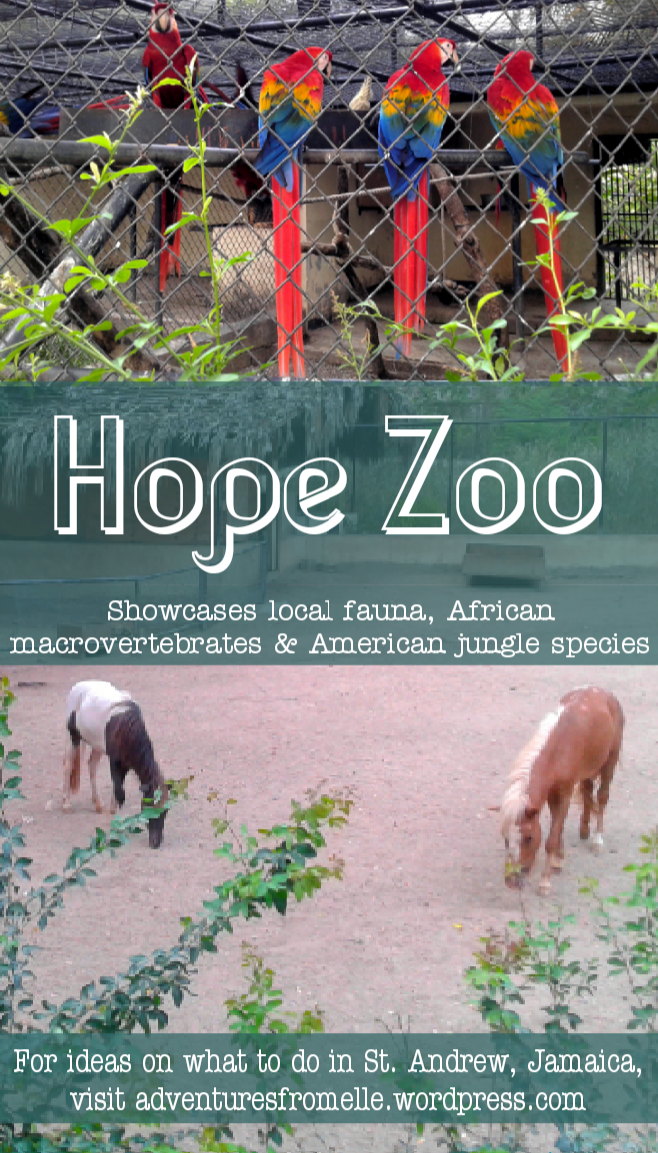
Before we get into the article, please subscribe for new adventures.
Also, support the author’s books on Amazon.

How to Find the Hope Zoo

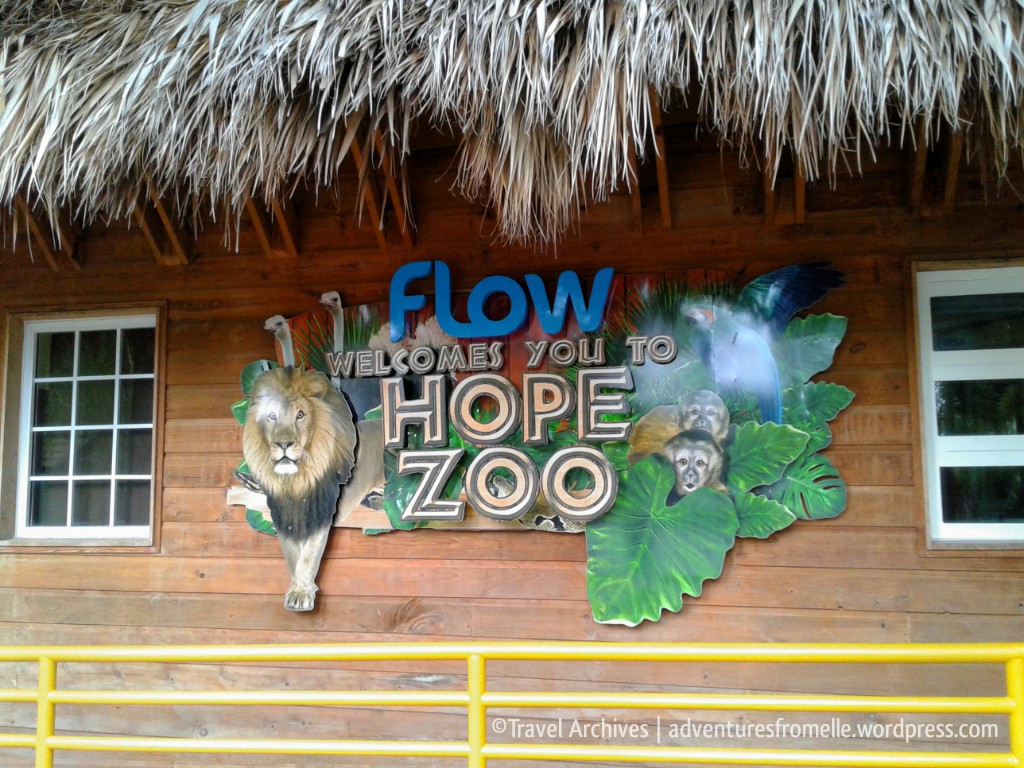
Hope Zoo is centrally located on the grounds of Hope Gardens on Old Hope Road, just before reaching the University of Technology (UTech) in Papine. The zoo is located less than 5 minutes’ drive or 15 minutes’ walk from the garden’s entrance gates. Parking is available at the zoo for J$200, just be sure to tell the guards you’re going to the zoo and not the garden. Besides viewing the animals, other activities are offered such as guided tours (extra cost of J$2,000), the petting zoo, feeding the budgerigars (additional cost of J$100.00 per person) and dining at the Serengetti Bistro. Carry a picnic basket since restrooms, numerous gazebos and tables are available. Also, if you haven’t visited the botanical garden recently or its 2015 addition of the Harmonious Enjoyment Garden, take some time to explore these before or after your zoo visit.
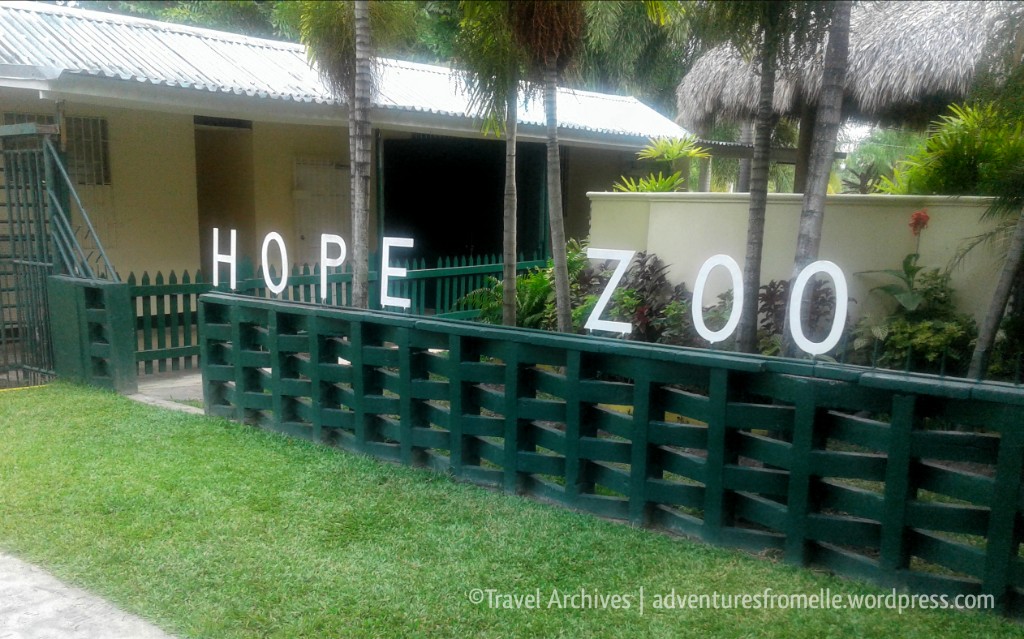
They’re open everyday from 10am to 5pm but close half hour later on weekends and public holidays. A zoo day pass costs J$1,500 for adults and $1,000 for children and senior citizens, but occasional discounts exist which you can obtain from their website. Purchase your ticket at the cashier then prepare to revisit your childhood for the next few hours.
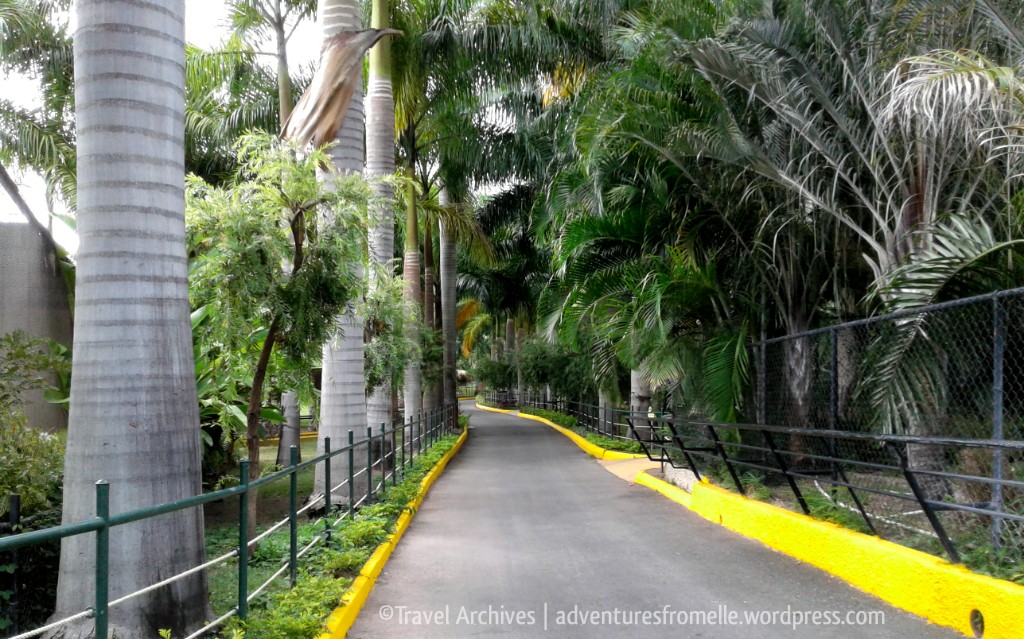
The Birds of Hope Zoo
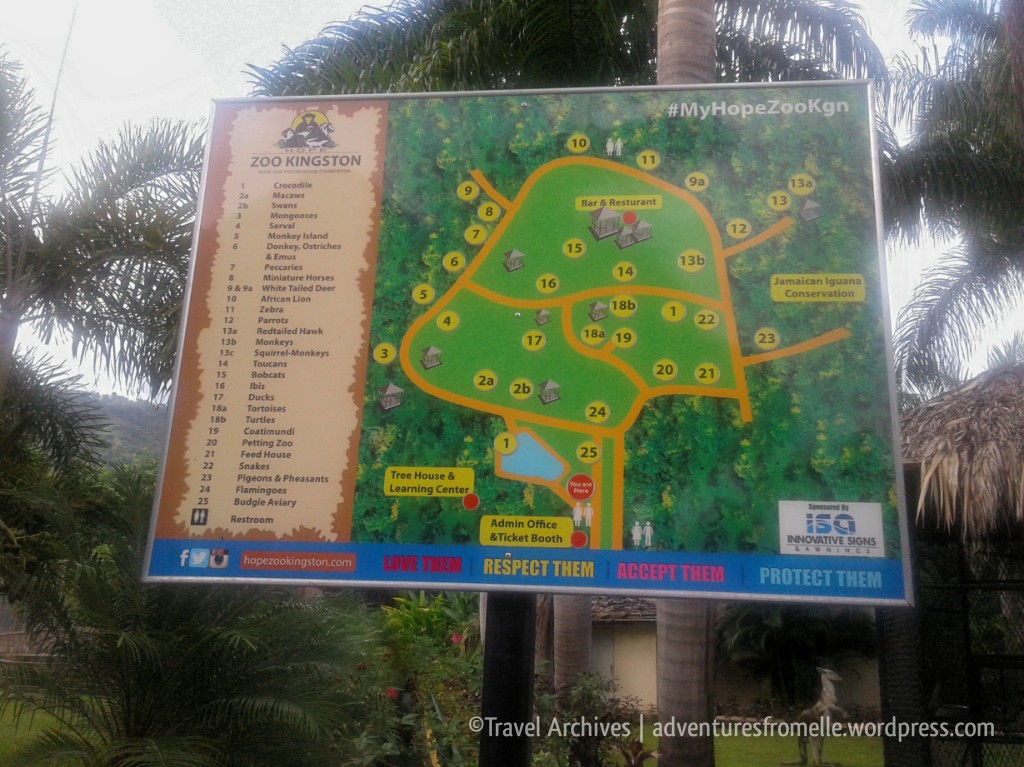
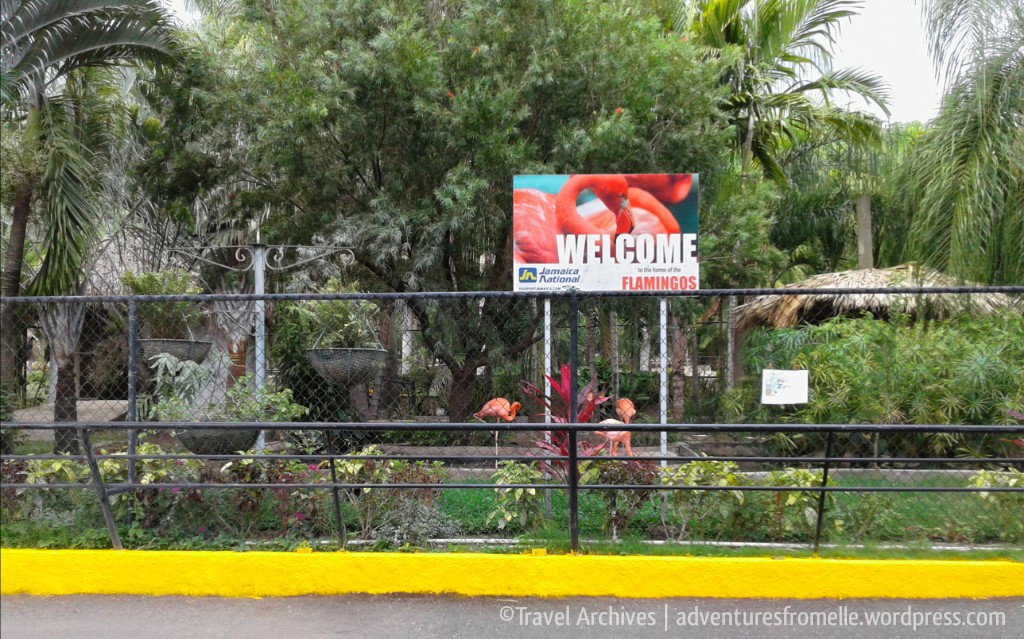
The zoo is arranged in a sort of ring road so it’s easy to find every animal without a tour guide. Majority of the zoo’s residents are of the avian species and flamingos were the welcoming parties.
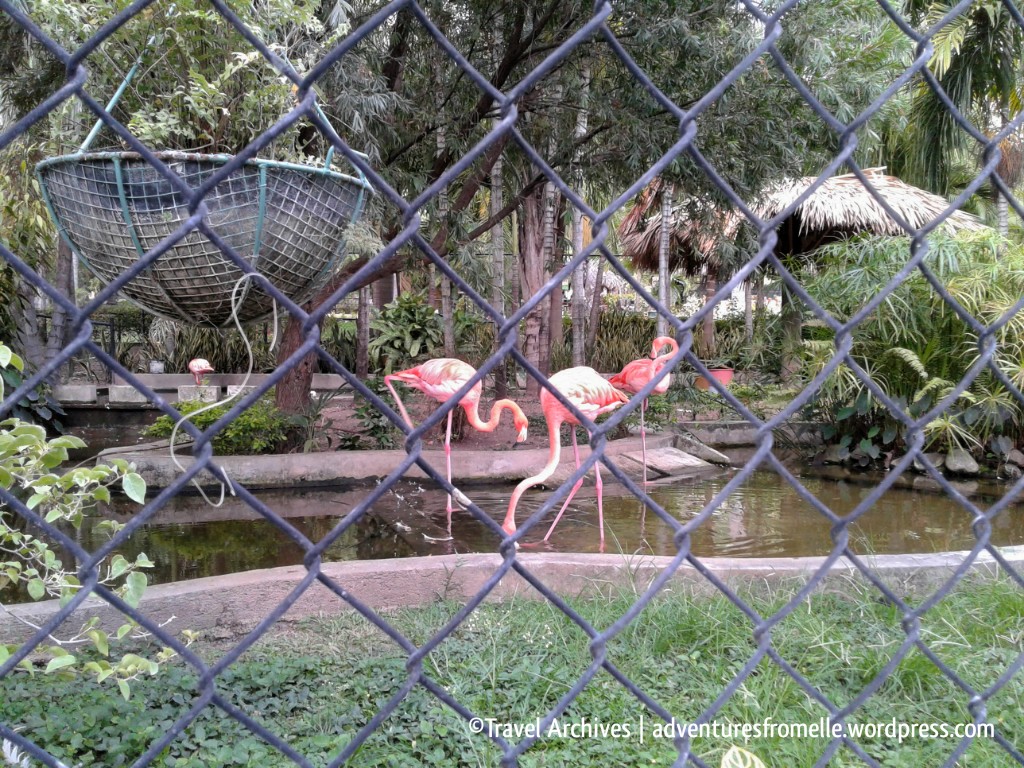
Next up were the macaws.
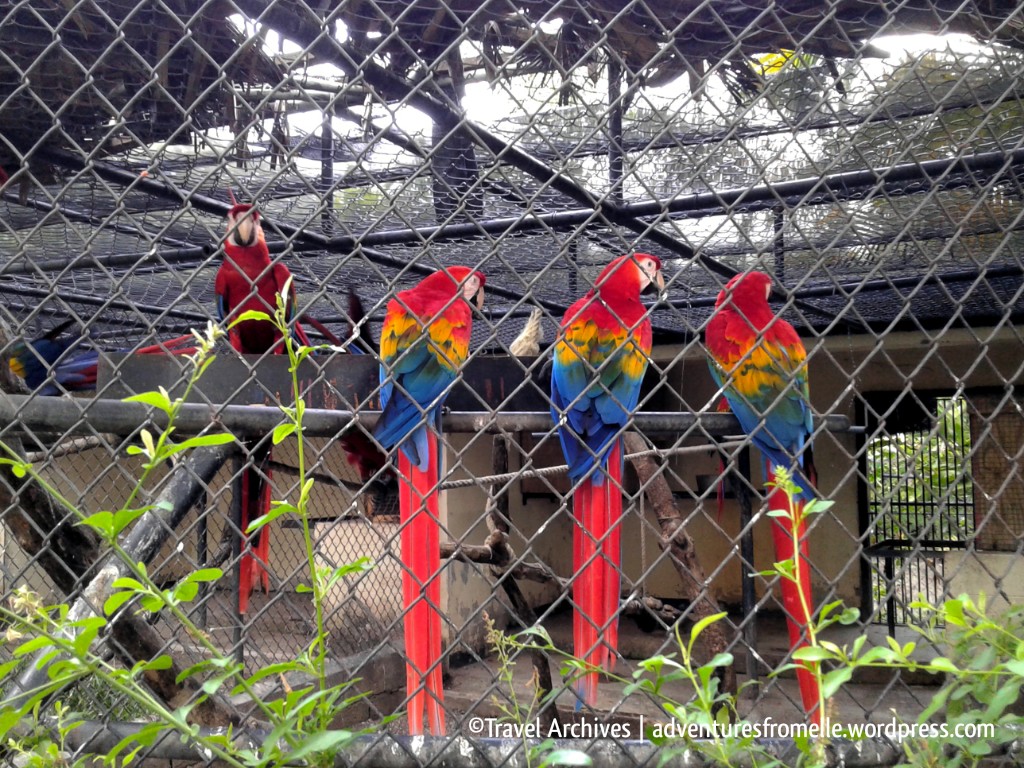
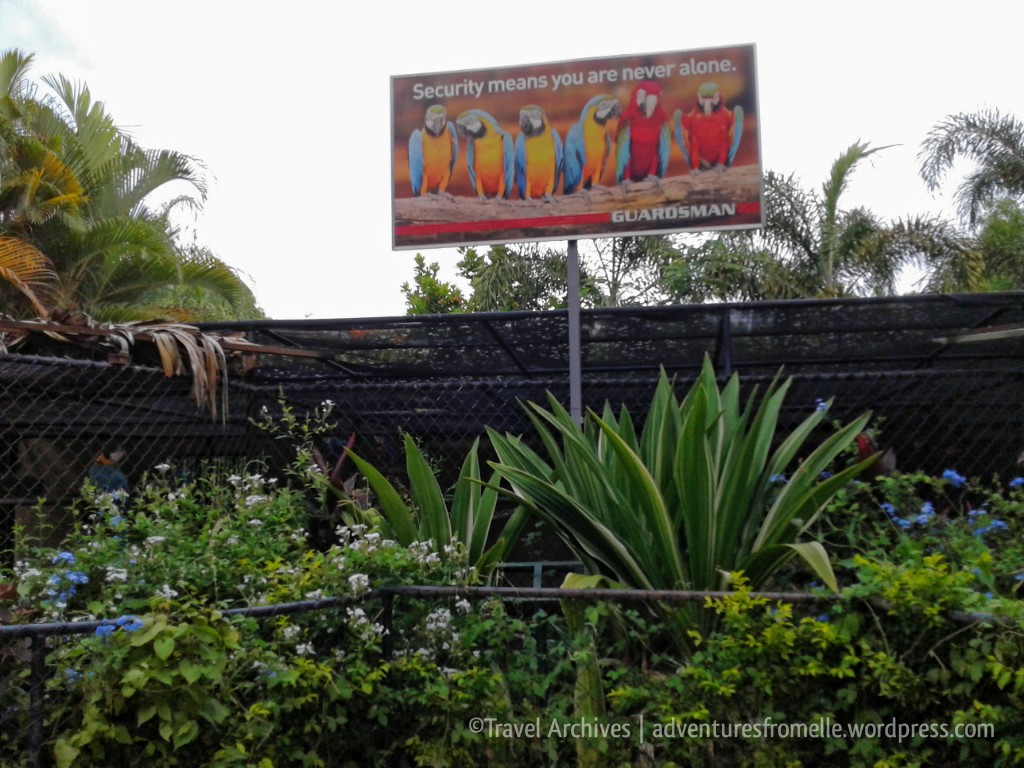
I lost count of the various birds I saw along the way– graceful black swans, elegant mute swans, colourful peacocks, noisy Amazon and Caribbean parrots, toucans, owls, budgerigars, cockatiels, ibises, mandarin ducks and wood ducks. Some were rather silent and solitary; others were sociable but quarrelsome. I see emus listed on their website and on-site directory but alas, they were elusive on my visit. On the other hand, the ostriches were impossible to miss– majestic and beautiful, the world’s largest birds which are thankfully flightless. I don’t suppose they’d look very graceful in flight. The flamingos, ostriches and few parrots which spoke were my favourite of the birds because the pandemonium of parrots, after a while, got very repetitive.
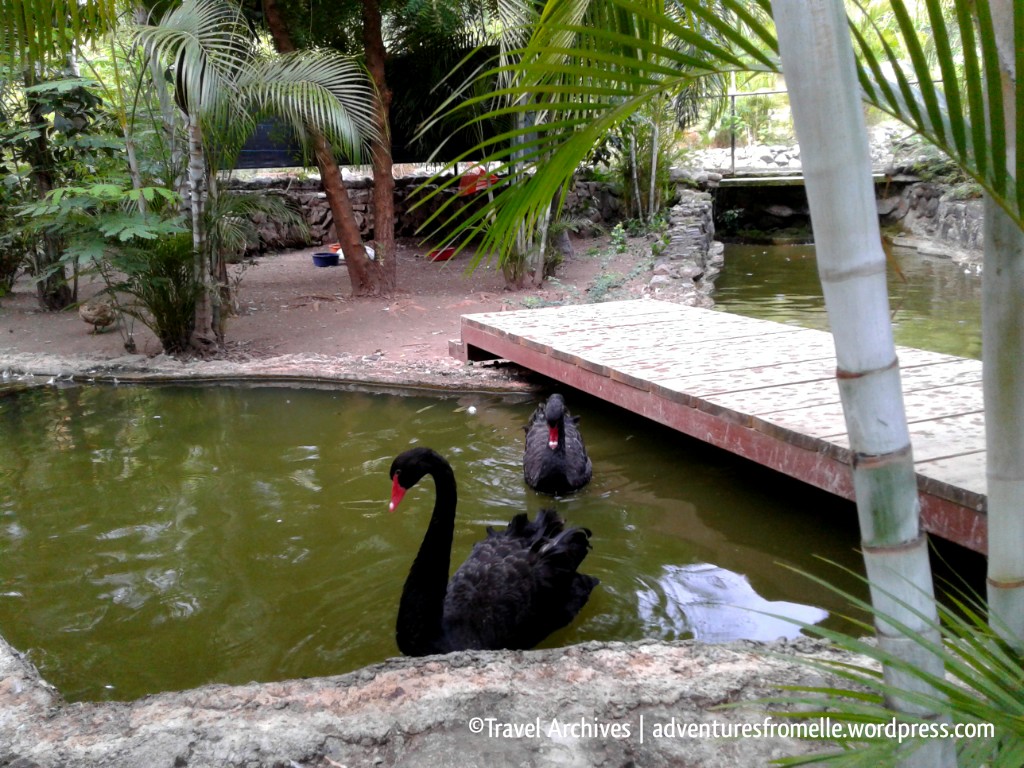
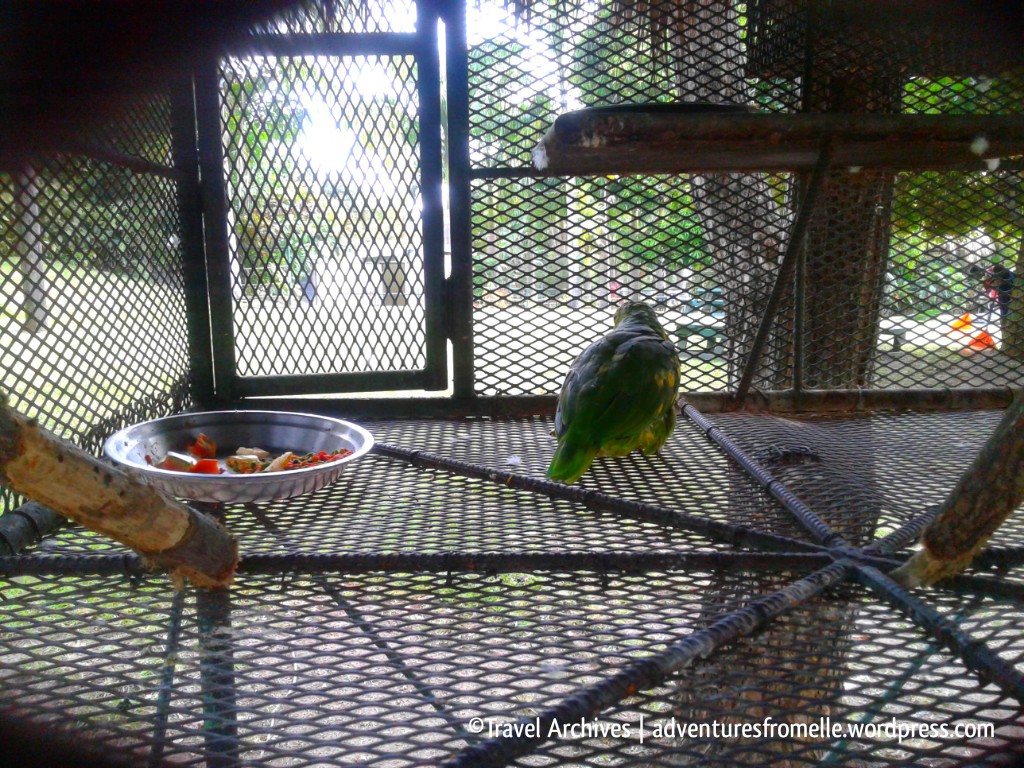
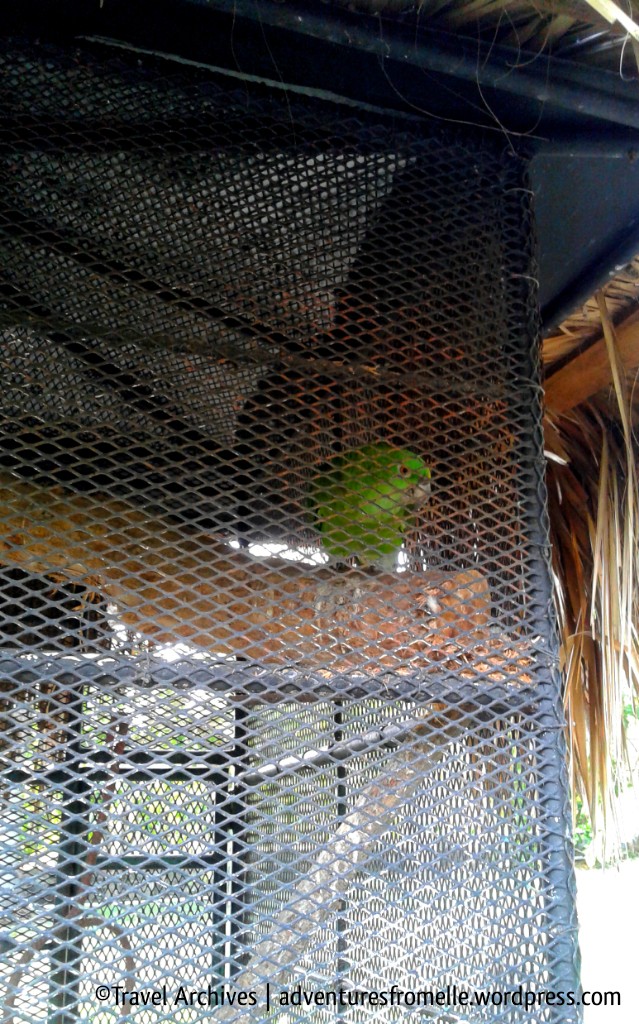
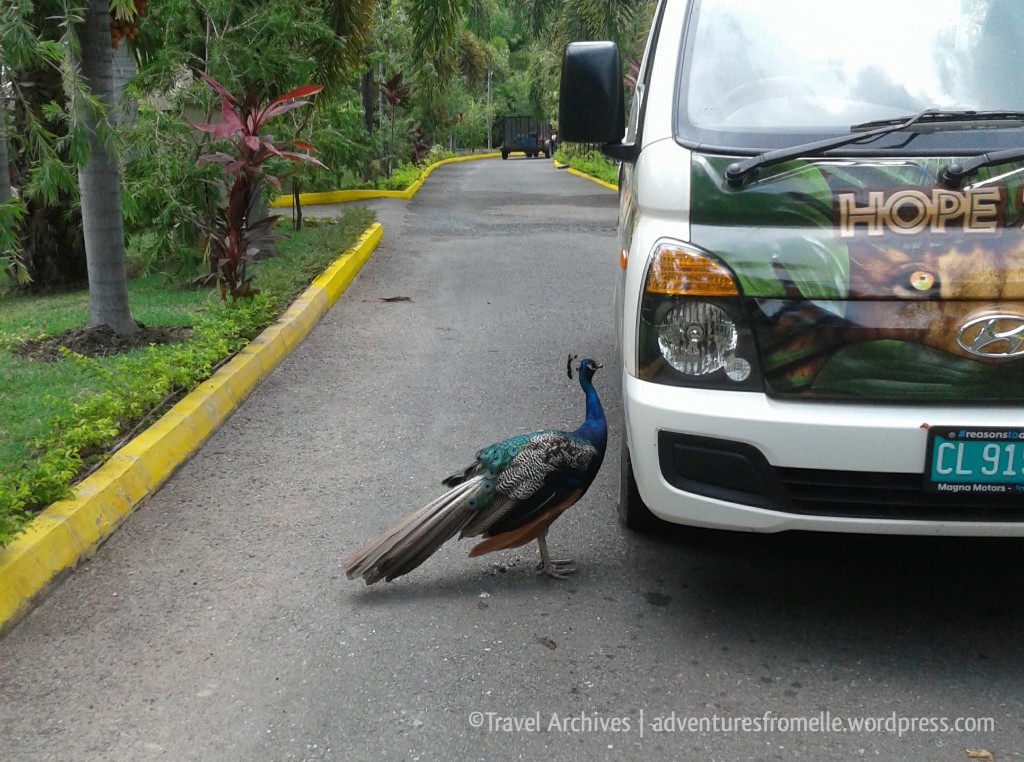


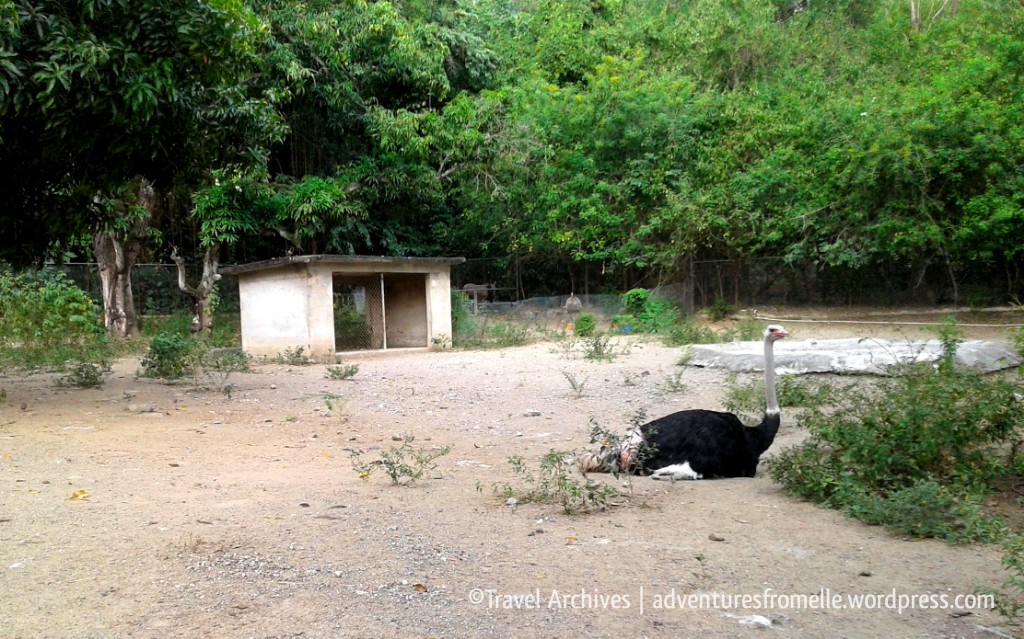

The Mammals of Hope Zoo
Jamaica’s only remaining endemic land mammal is the Jamaican hutia or coney, and it’s been an endangered species for as long as I can remember. Thus, I was really looking forward to seeing a coney for perhaps the second or third time in my life but since they’re nocturnal, they were hiding in their boxes sound asleep and out of sight. The zoo’s most famed resident is Lucas the lion but I wasn’t too impressed by him. Lions are rather lazy creatures which spend most of their time asleep (like 20 hours a day), so lionesses are the real stars for me. As was expected, the dark-haired king of the jungle Lucas was asleep in a far corner so all I got was a glimpse of him and lousy photo. The lioness was also out of sight.

So, what mammals did I see then? I saw a bobcat, squirrel monkeys, spider monkeys, a cute white-throated capuchin, a herd of white-tailed deer, a business of mongooses, a team of miniature horses, a drove of donkeys and a zeal of zebras. I enjoyed them all– even the mongooses which are pretty common across Jamaica. These ones stood up and looked at me with genuine curiosity rather than dashing off like they always do “in the wild.”
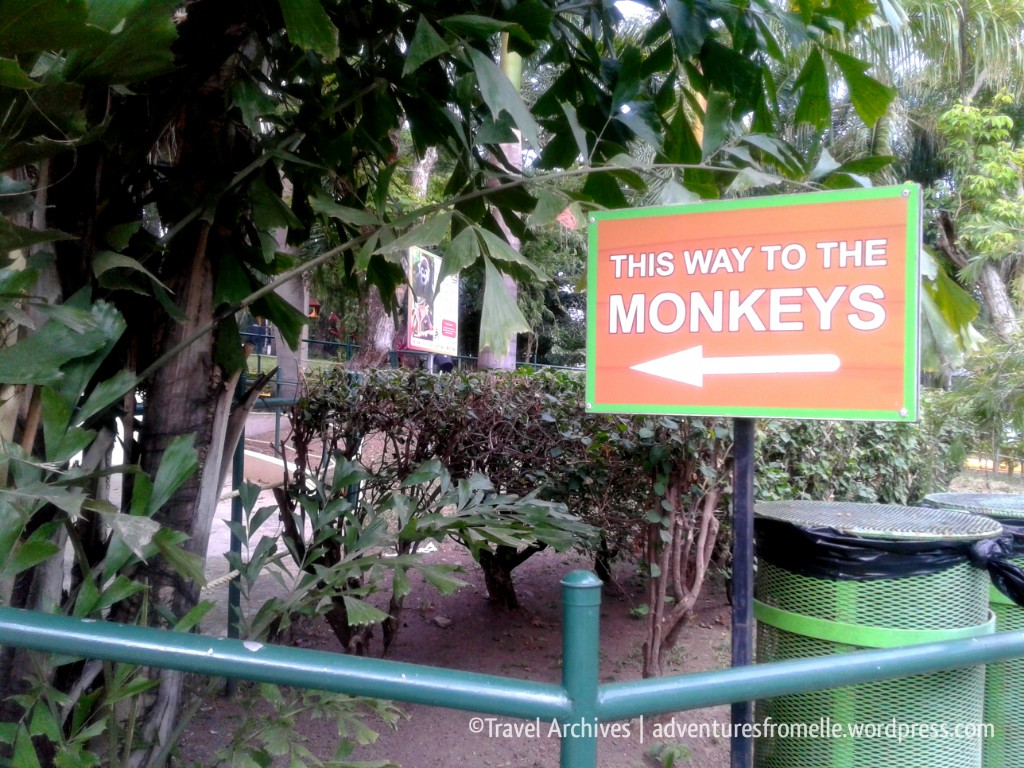
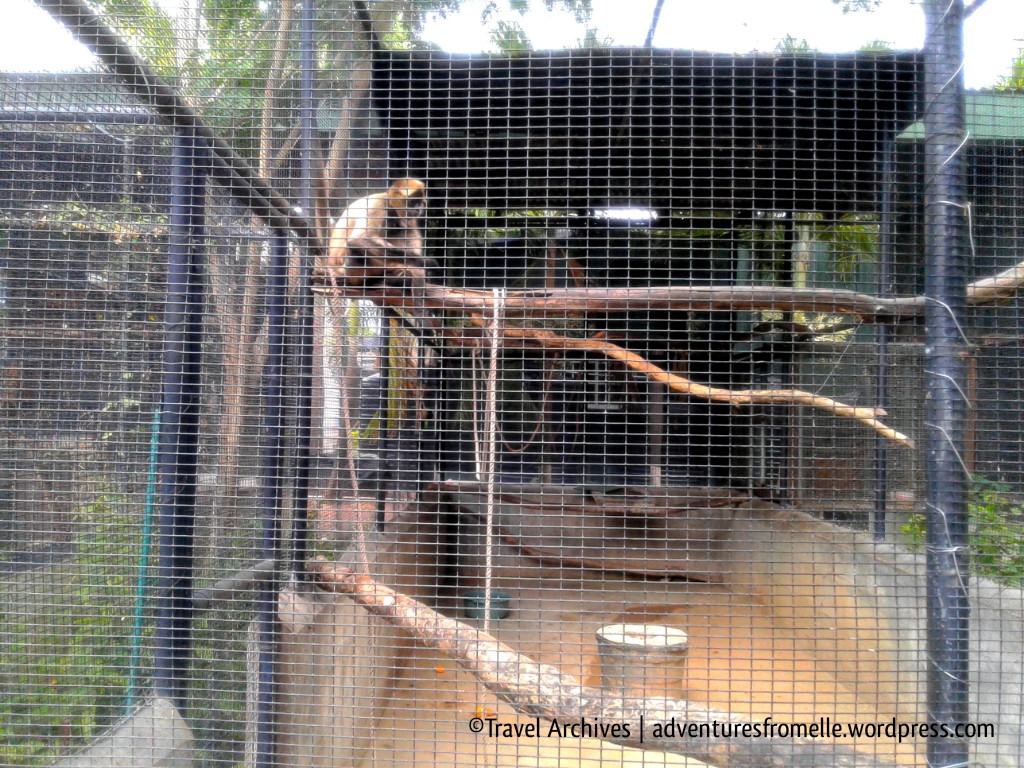
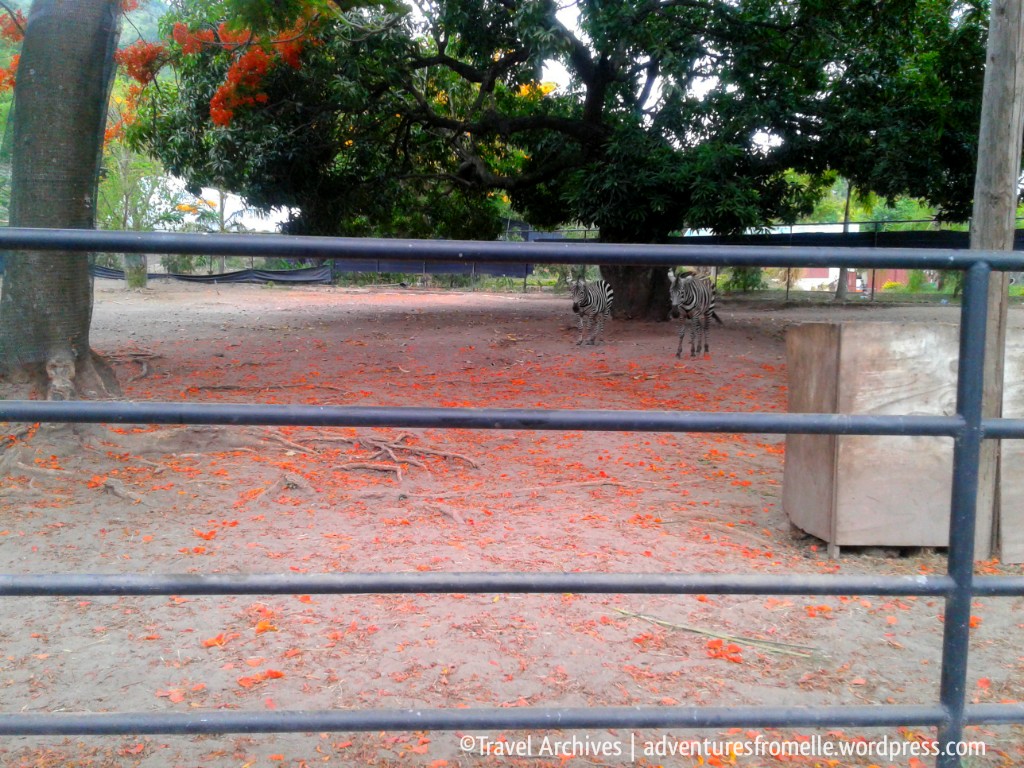
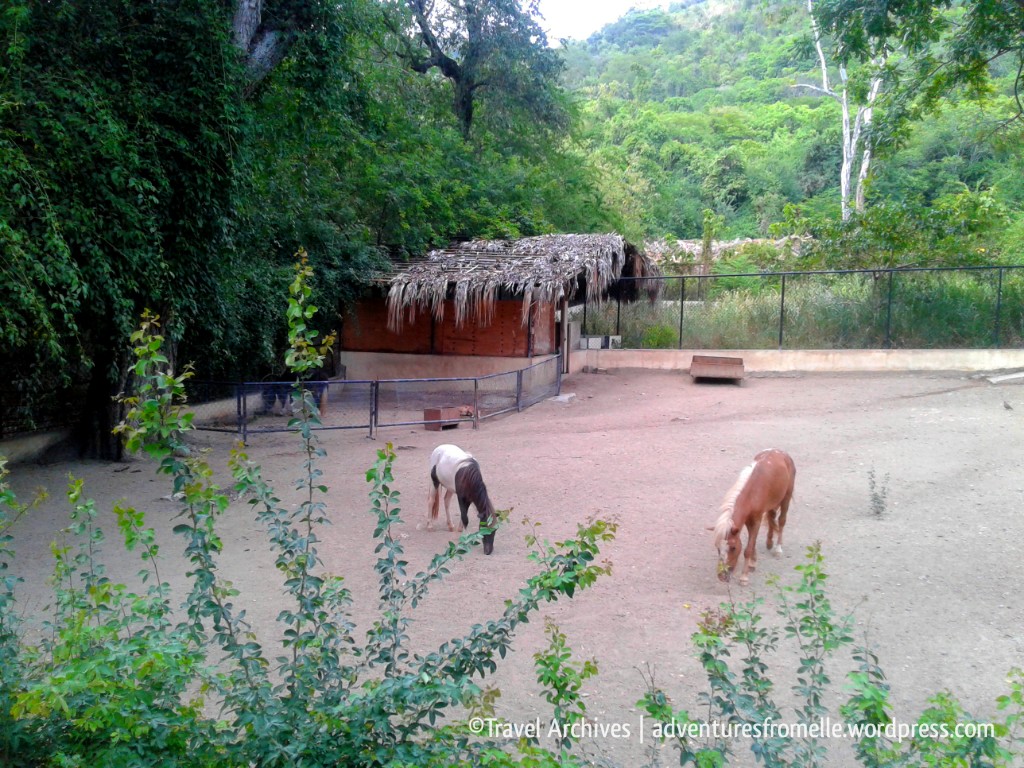
The Reptiles of Hope Zoo
Last but not least are the reptiles– snakes, iguanas, turtles and of course, the American crocodile. Pictured below are two of the four snakes and croc Jaws in all his glory. He displayed an open toothy grin for his admirers.
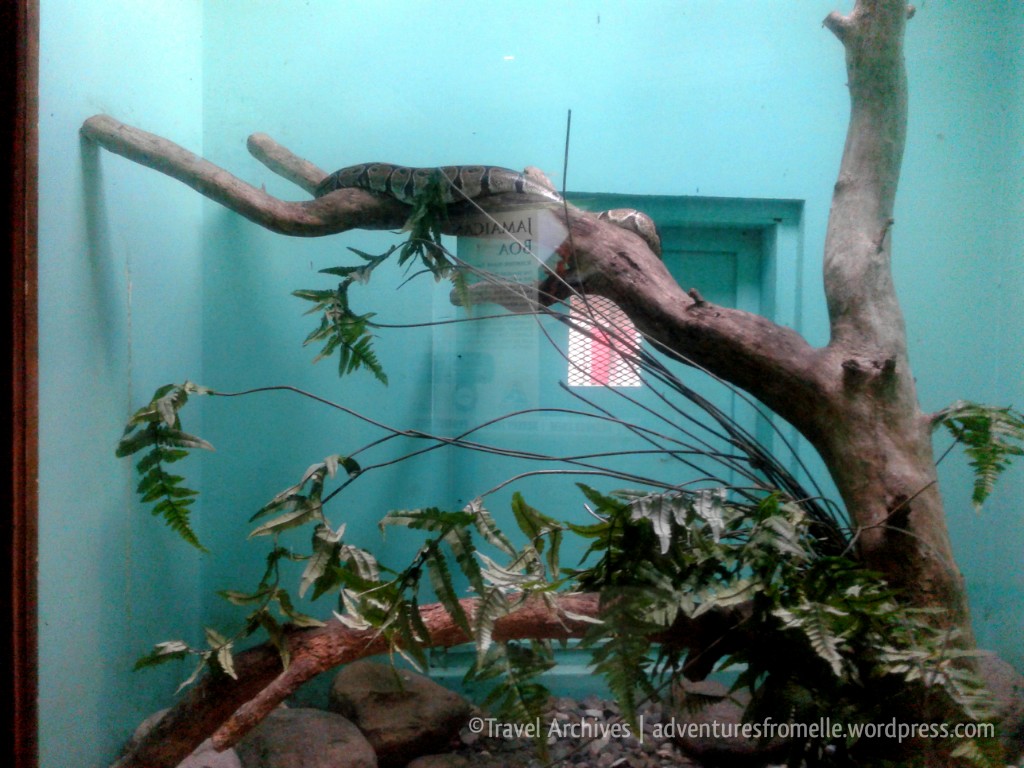
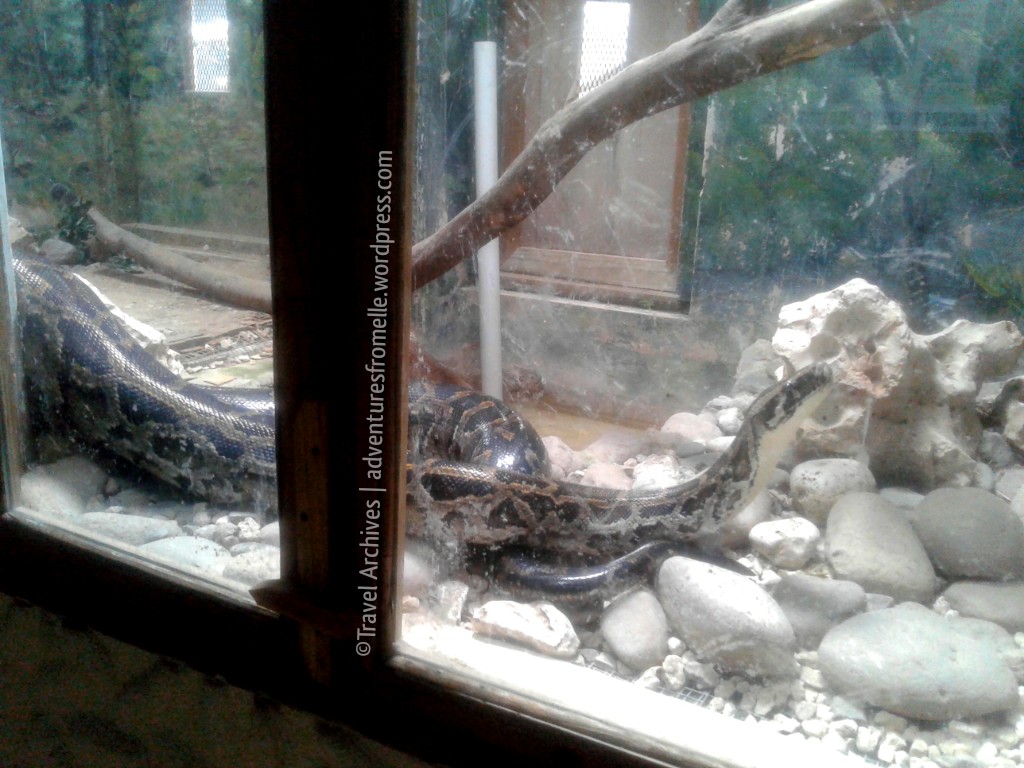
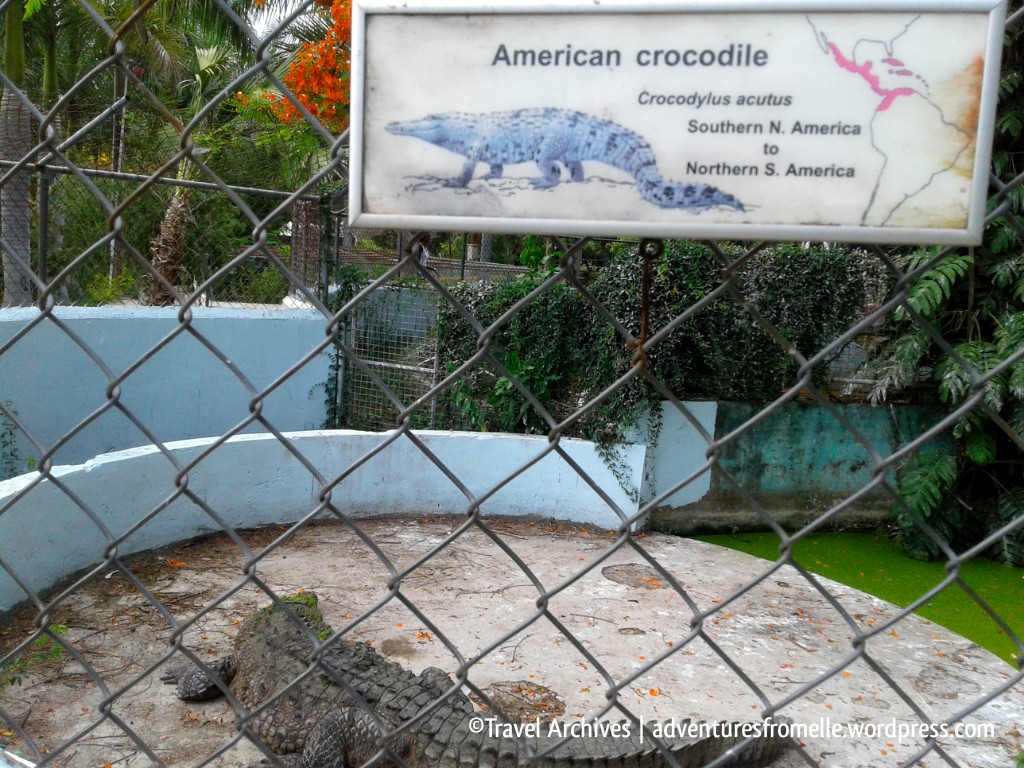
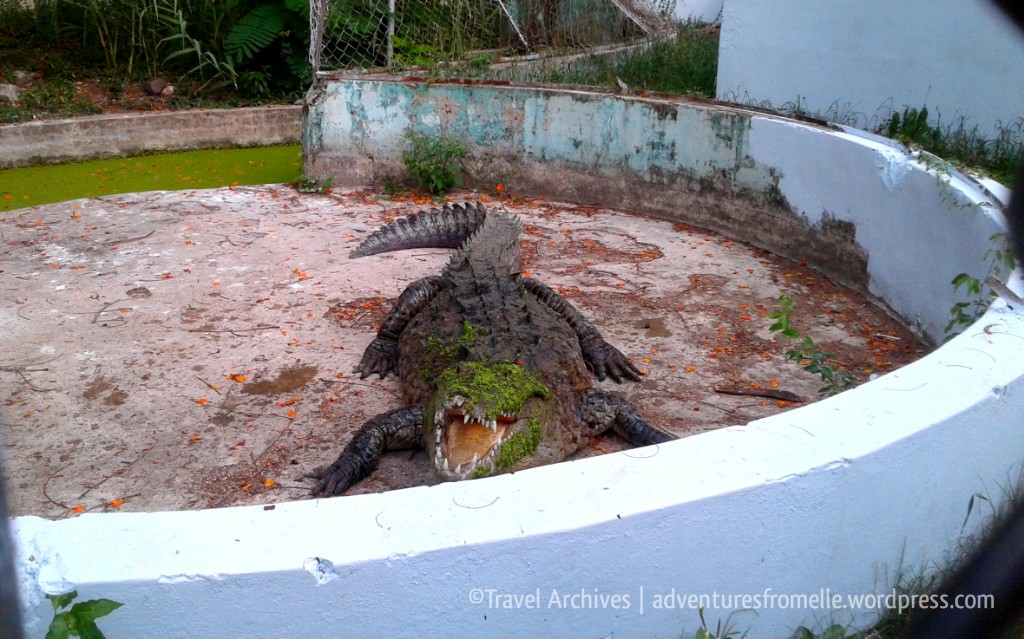
Wrap Up
Quite an enjoyable afternoon out with the family, I enjoyed the Hope Zoo very much. In my opinion, there’s still room for expansion in terms of getting new species but they’ve still done a great job with the place. The animals seemed to be tended to lovingly, their enclosures didn’t look too small and I could see where they tried to make it stimulating and mimic their natural environments. I also appreciated the signs by every enclosure listing the name, habits, behaviour and fun facts about the animal. I rate the experience four stars, ☆☆☆☆ and this makes place #4 down from 2018’s inexpensive Jamaican bucket list. If you’re in Kingston, continue supporting the Hope Gardens and Zoo. Follow them on Facebook to keep up with their events, such as the JDF’s Military Band performance every third Sunday of the month, inexpensive yoga classes and early morning birdwatching walks.
Find out more about Hope Zoo’s history, its vision and the animals which call it home here. Also, I hope my use of collective nouns was entertaining. I promise you I invented none of them.
‘Til next time. ✌
Find Elle on Facebook, Pinterest, Instagram and now on YouTube.

This was a pleasant surprise when I visited last year, didn’t expect so many birds though lol. Brought back a lot of nostalgia, when Hope Zoo was THE place, especially for a classmate’s birthday party. I agree that more can be done but it is a refreshing improvement from previous years. The price still kinda hurts my soul though.
LikeLiked by 1 person
Ha, the price hurts me too but at least I can rationalize it to myself. I can imagine running a place that large, keeping it groomed and clean plus feeding the animals would cost a whole lot. It really was a pleasant surprise though. I second that 🙂 would love to see them add more mammals though like giraffes or so.
LikeLiked by 1 person
Yes, I udnerstand. The price mostly bugged me cuz I’m not THAT much of a bird lover lol.
LikeLiked by 1 person
My mother said exactly that. You two would get along. 🤣🤣🤣🤣🤣
LikeLiked by 1 person
I stopped by Hope Gardens on my recent visit to Jamaica. I wanted to check out the zoo, but thought the $2000 the guy at the entrance tried to charge me was too much.
LikeLiked by 1 person
$2,000? It should have been $1,500 unless he was trying to get you to pay for a tour guide too which you wouldn’t even need. Glad you got to check out the gardens though. They’re rather lovely and I’m so happy they’re still free.
LikeLiked by 1 person
I was impressed by how clean and well kept the gardens were. I didn’t even know there was also a Chinese Garden. I spent the whole day and got some birding done. 🙂
LikeLiked by 1 person
Yes, the groundsmen really do a great job with the place. That’s awesome! I plan to get around to one of their birdwatching walks at 6am one day. I usually just go for the tranquility and admiring the plants.
LikeLiked by 1 person
Had no idea there were so many animals there! I must try to schedule a visit next time I’m on that end of the island.
LikeLiked by 1 person
They’ve really done a lot for the place. It’s worth the stop 🙂
LikeLiked by 1 person
What an awesome adventure! Thanks for sharing, I really enjoyed reading this
LikeLike
Thanks very much! Really appreciate that. I love your blog theme by the way. It’s lovely.
LikeLiked by 1 person
Great post
LikeLike
Thank you! 🙂
LikeLike
Great post 🙂 check our my blog when you get the chance
LikeLiked by 1 person
I did. Quite a nice blog you’ve got there 🙂
LikeLike
Thank you for following 😃 just followed you back
LikeLiked by 1 person